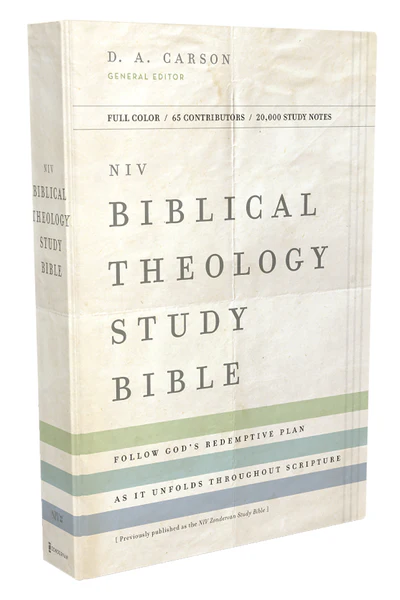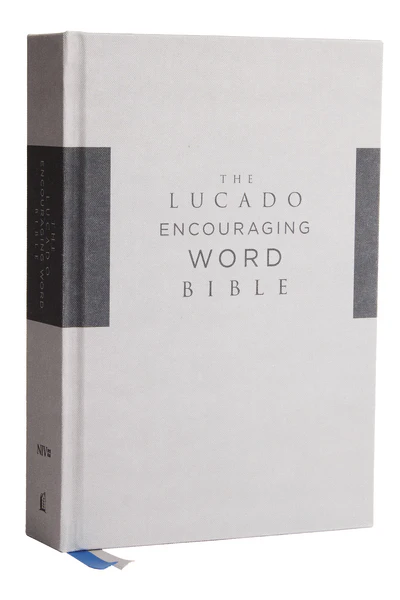Colossians 1:15-29
New International Version
The Supremacy of the Son of God
15 The Son is the image(A) of the invisible God,(B) the firstborn(C) over all creation. 16 For in him all things were created:(D) things in heaven and on earth, visible and invisible, whether thrones or powers or rulers or authorities;(E) all things have been created through him and for him.(F) 17 He is before all things,(G) and in him all things hold together. 18 And he is the head(H) of the body, the church;(I) he is the beginning and the firstborn(J) from among the dead,(K) so that in everything he might have the supremacy. 19 For God was pleased(L) to have all his fullness(M) dwell in him, 20 and through him to reconcile(N) to himself all things, whether things on earth or things in heaven,(O) by making peace(P) through his blood,(Q) shed on the cross.
21 Once you were alienated from God and were enemies(R) in your minds(S) because of[a] your evil behavior. 22 But now he has reconciled(T) you by Christ’s physical body(U) through death to present you(V) holy in his sight, without blemish and free from accusation(W)— 23 if you continue(X) in your faith, established(Y) and firm, and do not move from the hope(Z) held out in the gospel. This is the gospel that you heard and that has been proclaimed to every creature under heaven,(AA) and of which I, Paul, have become a servant.(AB)
Paul’s Labor for the Church
24 Now I rejoice(AC) in what I am suffering for you, and I fill up in my flesh what is still lacking in regard to Christ’s afflictions,(AD) for the sake of his body, which is the church.(AE) 25 I have become its servant(AF) by the commission God gave me(AG) to present to you the word of God(AH) in its fullness— 26 the mystery(AI) that has been kept hidden for ages and generations, but is now disclosed to the Lord’s people. 27 To them God has chosen to make known(AJ) among the Gentiles the glorious riches(AK) of this mystery, which is Christ in you,(AL) the hope of glory.
28 He is the one we proclaim, admonishing(AM) and teaching everyone with all wisdom,(AN) so that we may present everyone fully mature(AO) in Christ. 29 To this end I strenuously(AP) contend(AQ) with all the energy Christ so powerfully works in me.(AR)
Footnotes
- Colossians 1:21 Or minds, as shown by
Holy Bible, New International Version®, NIV® Copyright ©1973, 1978, 1984, 2011 by Biblica, Inc.® Used by permission. All rights reserved worldwide.
NIV Reverse Interlinear Bible: English to Hebrew and English to Greek. Copyright © 2019 by Zondervan.
Bible Gateway Recommends






